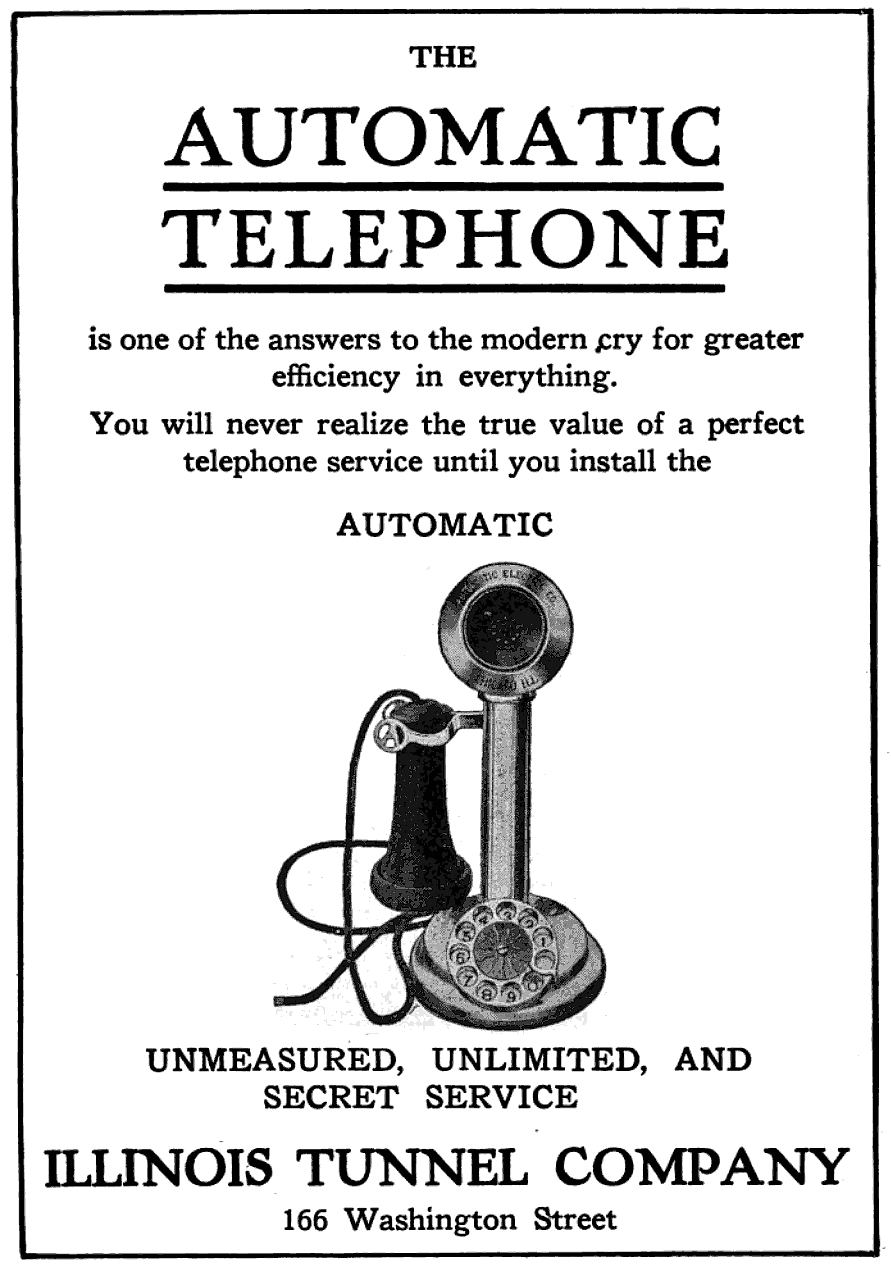The death of the telephone – WebRTC and other top comms-tech trends for 2016
Telephony has always been a function of a dedicated instrument – and later, a purpose-built console – from the crank phone to the cellphone and right through to the SIP softphone client on your smart device. Even the click-to-call function on noughties websites took you to a phone application interface.
WebRTC – communications, but not
Those days are now coming to an end, with native WebRTC support in most modern browsers (Chrome, Firefox and Microsoft Edge, but not yet Apple’s Safari), as well as the iOS and Android smart device platforms. WebRTC (a programming interface definition enabling plugin-free, real-time Web-based communications) embeds communications functionality in browsers and operating platforms to enable casual communication between browsers or apps.
“It’s very much in line with the overall disappearance of communications as a distinct function,” says Steve Davies, technical director at cloud-based communications provider Connection Telecom. “It is console-free communications in a non-communications context, summoned and executed easily when needed, for example while shopping online or visiting a supplier website. You could initiate a chat, which would present within a company agent’s browser, or call the company whose website you’re on, and someone’s desk phone would ring. It bridges the old and the new post-telephony worlds, and it’s a fantastic way of drawing the customer into a relationship with you.”
 Communications, but better
Communications, but better
Even within a communications context WebRTC raises the bar. “A WebRTC softphone app goes into the background to save battery, as most apps do, but can be woken up by the push-notification feature of the WebRTC platform when a call comes in,” says Davies.
Another clear advantage of WebRTC is its ability to bypass network problems that currently can sabotage a VoIP call. An advanced voice codec called Opus drives high-fidelity audio in WebRTC, which raises the quality of calls to new heights, and forward error correction allows calls even in challenging network conditions. WebRTC also traverses firewalls/network address translation – which is normally a hassle in peer-to-peer communication.
It also features an echo cancelling function developed by Google, to improve calls on speaker phones, Davies adds.
Connection Telecom uses Respoke, a version of WebRTC, to build browser, iOS and Android WebRTC apps in various projects. Respoke is a software-as-a-service product which builds on top of WebRTC to provide a complete in-browser communication service. A product of Digium, which developed the market-leading software PBX product Asterisk, Respoke provides an elegant bridge between the SIP and WebRTC worlds. “In our view this is essential, since traditional telephony will certainly remain critical and core for many users,” says Davies.
APIs
Much like WebRTC, VoIP application programming interfaces as-a-service also target opportunities arising from the “disappearance” of telecoms as a standalone function.
Twilio, a VoIP company with a difference, provides its call API as its one and only offering to developers, allowing them to embed telephony in their apps. This is a form of communications-enabled business processes, says Davies, signalling a future of in-application telephony.
Possibilities
In the circumstances, what lies ahead for the communications technology industry? Is it dead in the water or will it merely become a shape-shifting ghost in the machine?
“A lot of things are possible due to the work of Web giants like Google and others,” Davies says. “It is communication in the Web era, which makes development a lot easier and more agile. The sky is the limit, really.”
“You could, to name but one of many possible examples, integrate communications so tightly into an e-commerce site that, when the customer clicks the phone icon next to the generator, the agent already knows what he was looking at,” says Davies. “Another idea we’ve had is to have a landing page with staff names and photos, which allows direct communication on the staffer’s channel of choice – email, sms, chat or voice call. In such a case, why still have telephone numbers? If integrated with my calendar application, someone could schedule a call with me, all from my website, at the click of a button.”
In addition, a traditional business card could incorporate a QR code which links directly into your contact page, effectively connecting the old and new worlds.
Back to reality
It stands to reason that pervasive communications for its own sake, however cool it may be, does not make a good business case. “WebRTC is built around seamless, invisible integration into other contexts, but if there’s no compelling reason, it just leads to software bloat,” Davies says.
“Let’s say for the sake of argument that we’re considering Slack as a candidate for WebRTC – that would make sense, because communication would be around projects, and not merely because we can now have a voice chat whenever we feel like it. With the help of IBM’s Watson service the Slack record could even include a searchable transcription of those communications.”
And counter to the general trend of disappearing telephones, standalone communication is still very much in demand for sales agents, customer service and support staff and anyone who likes a phone on their desk. For now, it seems we’ve still got use for ye olde SIP client.
